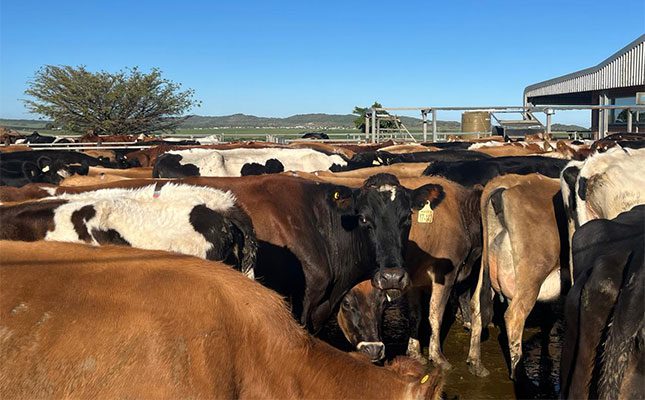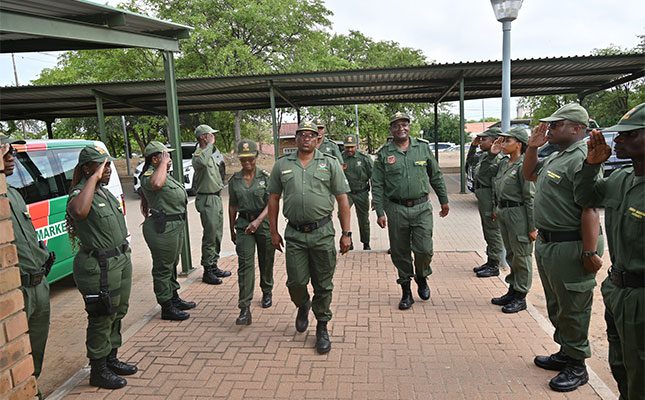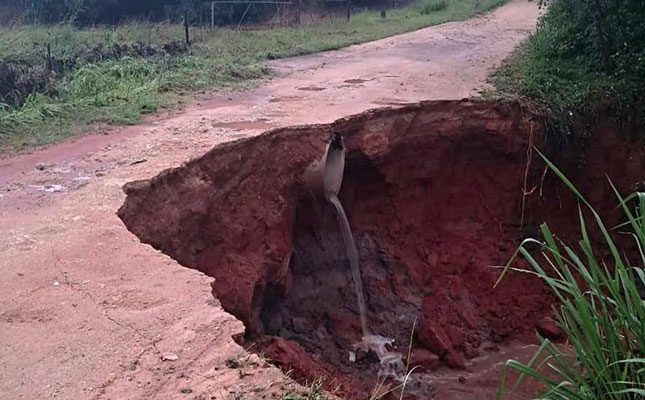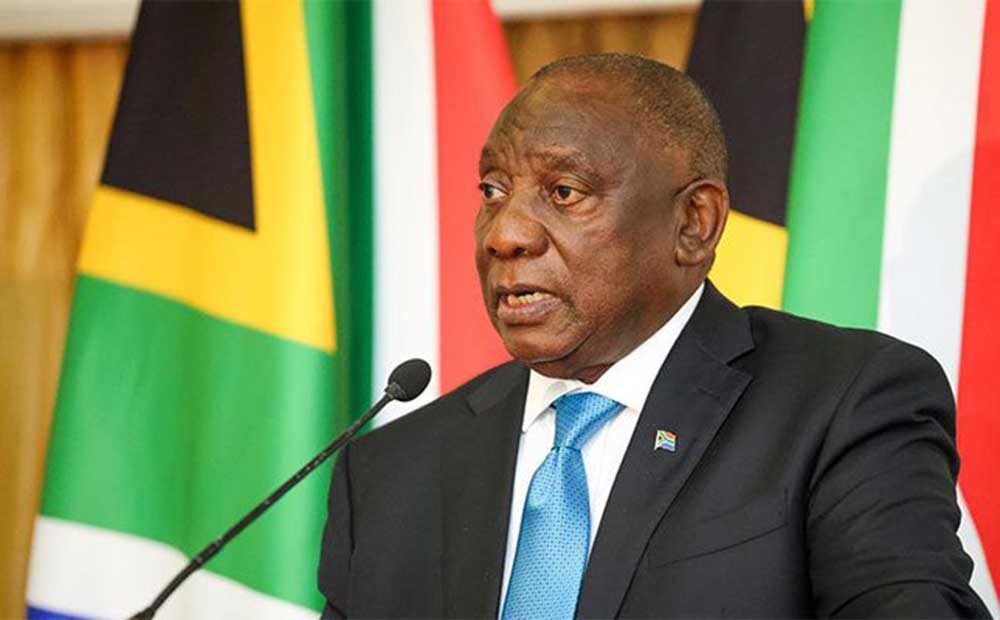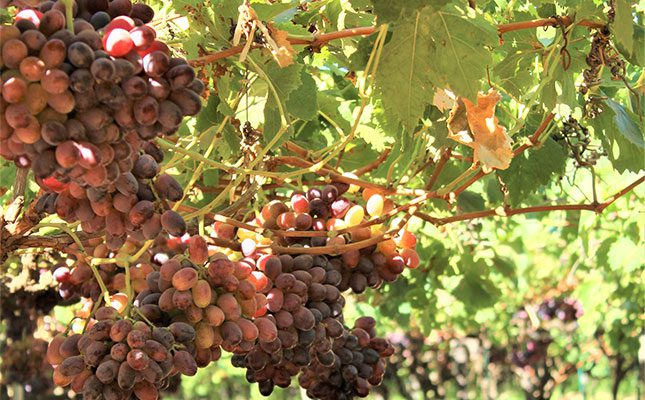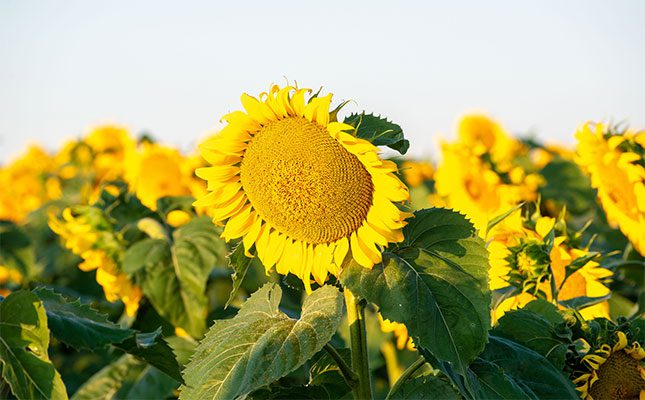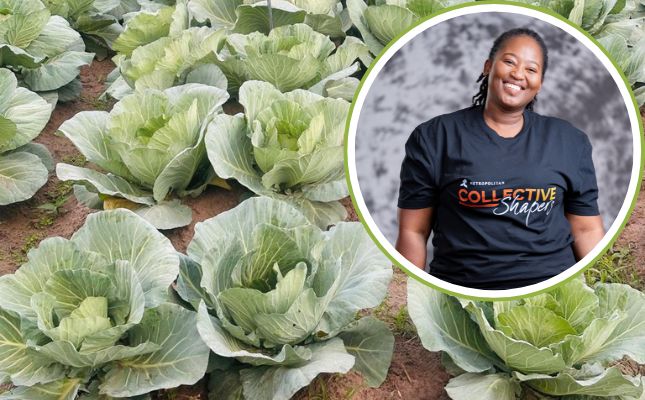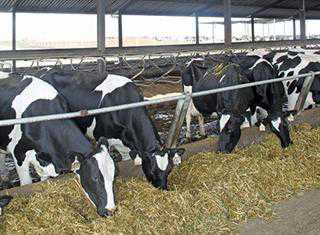
Photo: Glenneis Kriel
Speaking during the session, titled ‘Future of Grain Farming: Separating the Wheat from the Chaff’, Dr Tobias Doyer, CEO of Grain SA, said farming in South Africa was not for the faint-hearted, with rising input costs, delayed wheat import tariffs, and shrinking margins squeezing the industry.
He pointed out that tariff activation alone took up to 170 days, which sent the wrong signals to the market.
The grain industry also struggled with limited access to modern breeding technologies and increasing activism against certain crop protection chemicals, a trend that recently forced Bayer to halt operations in New Zealand, according to Doyer.
Poor municipal services, especially deteriorated roads, drove costs up even further. “We have found politicians to be more attentive to our needs since the formation of the Government of National Unity, but actions seem to take longer than before,” Doyer said.
He challenged the notion that stopping local wheat production would cost only R700 million. He explained that money would circulate through the economy multiple times – spent on tractors, technology, chemicals, and wages – thereby supporting the economy far beyond the purchase price.
He also warned that imported chicken undermined demand for grain: “Every kilogram of imported chicken represents 2kg of grain that could have been produced locally.”
SA farmers competing in a subsidised global market
Johan Fourie, a professor of economics at Stellenbosch University (SU), highlighted the challenge of having to compete with heavily subsidised products abroad:
“A lot of fuss is made about US foreign aid cuts, but subsidies are affecting Africa far worse. US cotton subsidies, for example, have wiped out cotton production in West Africa, which is far better suited for growing this crop. In Europe, the mere mention of subsidy cuts results in farmers taking their tractors to parliament.”
He added that the focus on subsidies was shifting trade away from multilateral agreements to a “spaghetti bowl” of bilateral deals. In effect, countries and their producers would have to pay more attention to what these deals entailed.
“It is estimated that South Africa is losing R1,2 billion a year because businesses struggle to navigate the EU free trade agreement,” he explained.
Have perspective and take a long-term view
Despite these pressures, Fourie encouraged farmers to maintain perspective. He reminded the panel audience that South Africa was far better off today than a century ago.
“In the early 1900s, for instance, one in three children in the Cape died before the age of five. Today, it is one in 30. It is not as low Japan’s one in 300 in Japan, but it shows progress,” he said.
He also cautioned against focusing too much on negative news: “Humans are wired to focus on threats – tariffs, droughts, trade conflicts – and it can distort our perspective. Maintaining a long-term view is critical for mental clarity and strategic decision-making.”
Economist and commentator JP Landman added a global dimension to the discussion. He pointed out that economic power was shifting from the US to China, which was moving from low-cost manufacturing to high-end innovation.
“These shifts affect commodity prices, trade flows, and global supply chains. South African farmers need to anticipate these changes while leveraging local technology and expertise.”
Innovation and technology were emphasised as central drivers to surviving this complex environment.
Fourie highlighted quantum computing, artificial intelligence, and biotechnology as tools poised to transform agricultural productivity.
He added that a true entrepreneur didn’t wait for government or policy but took the resources they had and found a better way to use them.
Doyer added that Grain SA and SU were working to make technology adoption more affordable and effective. However, financing remained a major barrier to research and development.
He also stressed the importance of connectivity: “Starlink might be a political hot potato, but it’s vital for agriculture because of the data generated by new machinery like tractors and combines.”
“Technology is the only way we’ll stay competitive, especially as our farmers are already competing with heavily subsidised producers overseas without the same level of support,” he added.

